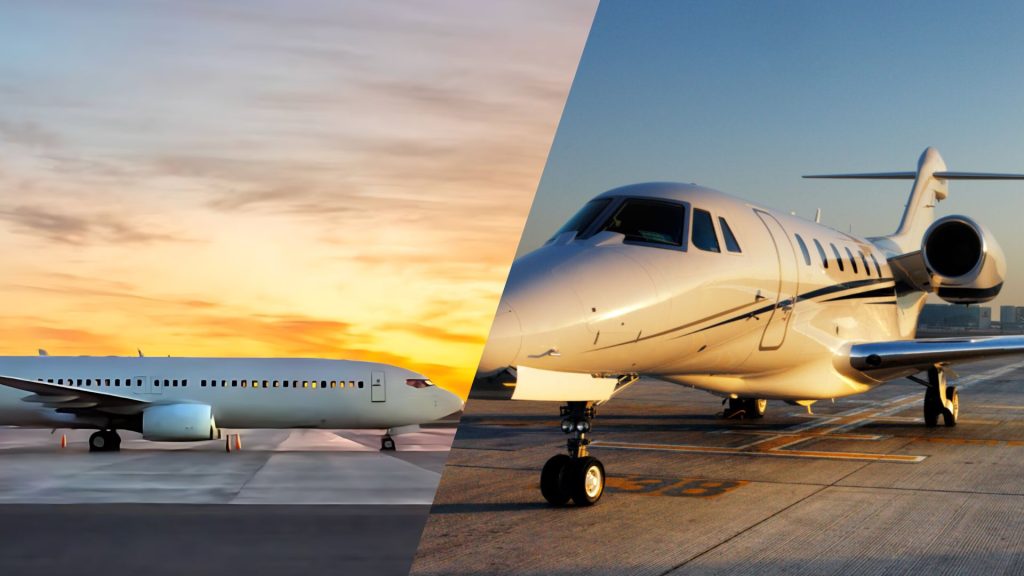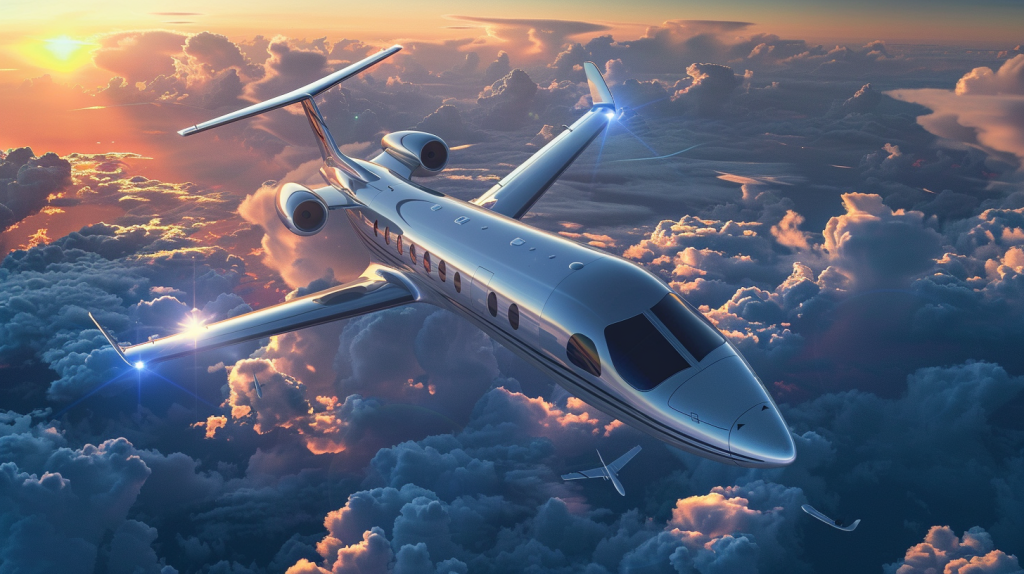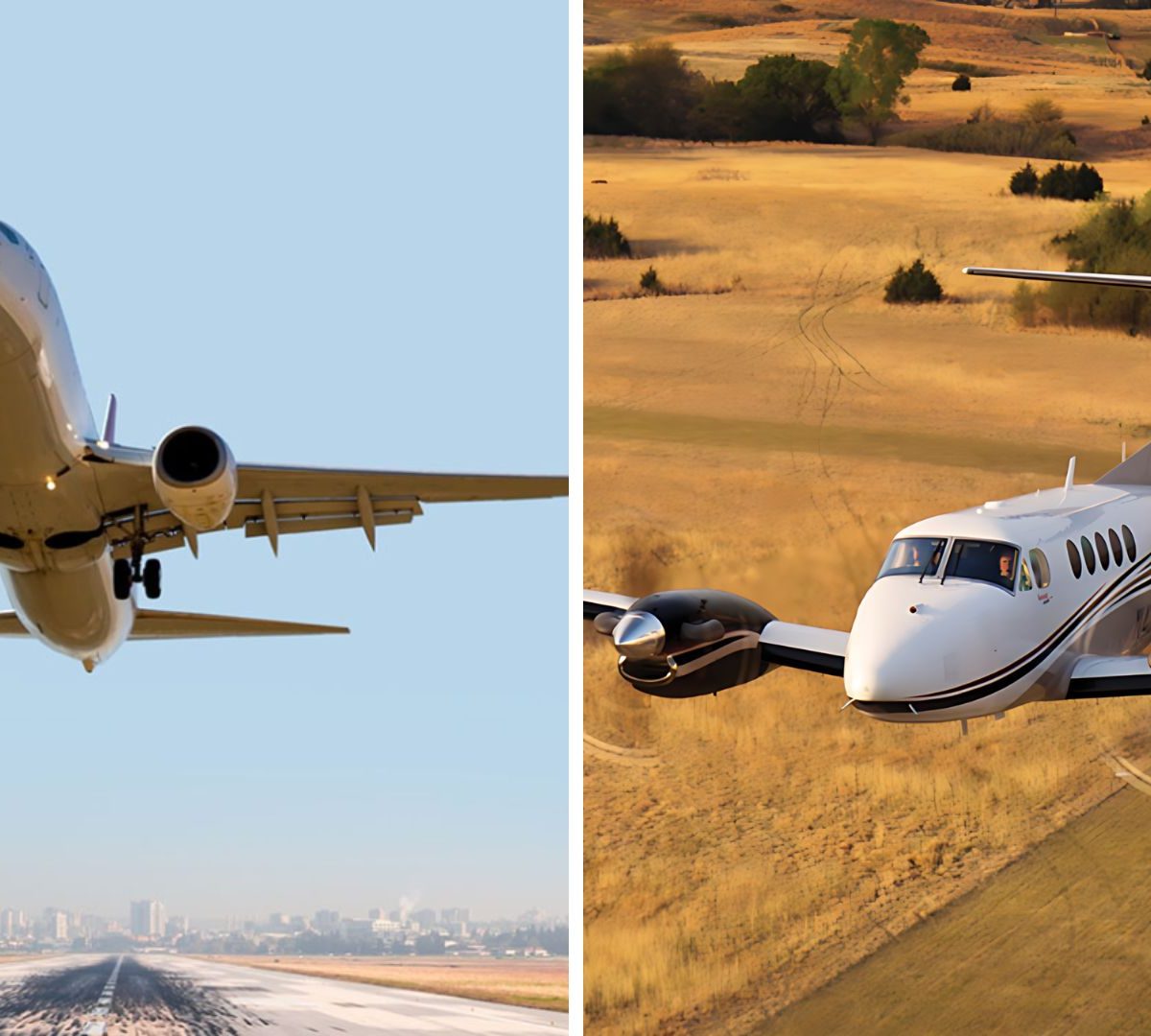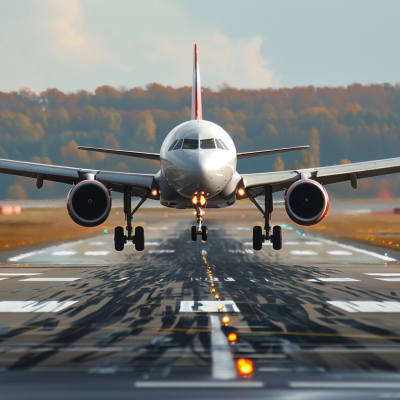Do you wonder about the differences between planes and jets when booking a flight?
It’s a common dilemma faced by many travelers. While both aircraft types have their strengths, understanding their unique advantages and disadvantages can help you decide on your next trip.
Planes, with their propeller-driven engines, are often the go-to choice for shorter flights and accessing smaller airports.
However, they may lack the speed and comfort that jets offer.
On the other hand, jets boast powerful engines that allow faster travel times and a smoother ride at higher altitudes, but they come with limitations.
In this article, we’ll examine the pros and cons of planes and jets, helping you determine which option best suits your travel needs.
What Powers Your Jets and Planes

First, we’ll look at the different types of engines that power jets and aircraft. We’ll explain how jet engines (turbojets and turbofans) and propeller engines (piston engines and turboprops) work and how they affect the performance and suitability of the aircraft for various travel needs.
1. Engines
Jets
Jet engines, such as turbojets and turbofans, power jets. Turbojets propel the aircraft forward using the powerful thrust generated from exhaust gases. At the same time, turbofans have a large fan at the front that forces air around the engine, making them more efficient and quieter than turbojets.
Jet engines work best at high speeds and altitudes, making them ideal for long-distance travel.
Planes
Planes, on the other hand, usually have piston engines or turboprops. Piston engines are similar to car engines and work by turning propellers to move the aircraft forward.
Turboprops use a turbine to spin a propeller, performing better at lower speeds and altitudes while consuming less fuel than piston engines.
These engine types are well-suited for shorter flights and smaller airports where quick takeoffs and landings are necessary.
2. Design and Build
Jets
Jets are designed and built for high-speed, high-altitude performance. Their smooth, aerodynamic shape minimizes drag, allowing them to fly faster and higher than planes.
Additionally, jets have swept-back wings, which reduce air resistance at high speeds, making them more efficient for long-distance travel.
Planes
Planes typically have a more traditional design with straight wings, built for lower speeds and altitudes. Their wings are designed to provide better lift and maneuverability at slower speeds.
Planes are often smaller than jets, making them suitable for operating on shorter runways and smaller airports.
Performance Metrics of Planes and Jets
Next, we’ll compare the performance of jets and planes in terms of speed, altitude, range, and fuel efficiency. We’ll discuss how jets generally outperform planes in speed and altitude, while planes may be more fuel-efficient for shorter routes and lower altitudes.
1. Speed
Jets
Jets generally outperform planes in speed, thanks to their powerful jet engines that allow for faster cruising speeds, making them ideal for longer distances.
For example, the Gulfstream G280, a popular business jet, can reach up to 652 mph, significantly reducing travel times, especially on longer routes.
Planes
In comparison, turboprop planes like the Beechcraft King Air 350i have a maximum cruising speed of 368 mph. While slower than jets, they offer respectable speeds for shorter distances and regional travel.
2. Altitude
Jets
Jets fly at higher altitudes than planes, typically between 31,000 and 41,000 feet. Flying at these higher altitudes offers several benefits, such as less air resistance, which allows for more efficient fuel consumption and faster speeds.
Higher altitudes often experience less turbulence, ensuring passengers a smoother and more comfortable ride.
Jets can also fly above weather disturbances like thunderstorms, enhancing safety and minimizing delays.
Planes
Turboprop planes usually have a maximum altitude of around 25,000 to 30,000 feet. While lower than jets, this altitude allows for efficient travel and avoids most weather-related issues.
However, planes may be more susceptible to turbulence and weather conditions than jets flying at higher altitudes.
3. Range
Jets
The range, or distance an aircraft can travel without refueling, is another crucial factor when comparing jets and planes. Jets generally have a longer range due to their larger fuel capacity and more efficient engines.
For instance, the Bombardier Global 5500 can fly up to 5,900 nautical miles (10,927 km) without refueling, allowing for non-stop intercontinental travel.
This extended range makes jets ideal for long-haul flights and international travel.
Planes
Furthermore, turboprop planes like the ATR 72 range around 825 nautical miles (1,528 km), making them more suitable for regional and shorter distances.
While they may require more frequent refueling stops, turboprop planes are still an efficient and cost-effective option for many travel needs.
4. Fuel Efficiency
Jets
Jets typically consume more fuel than planes. However, they are designed to optimize fuel efficiency at higher altitudes and during long-haul flights.
As a jet reaches its optimal cruising altitude, its fuel efficiency improves significantly.
For example, the Boeing 787 Dreamliner, a modern long-haul jet, achieves a fuel efficiency of approximately 2.31 L/100 km (102 mpg‑US) at cruising altitude, showcasing advancements in aerodynamics and engine technology.
Planes
Turboprop planes are generally more fuel-efficient than jets on shorter routes and at lower altitudes. Their propeller engines are optimized for efficiency in these conditions, consuming less fuel per passenger or cargo transported.
For instance, the ATR 72-600 turboprop demonstrates exceptional fuel efficiency, burning approximately 1.42 kg/km (5.0 lb/mi), making it one of the most fuel-efficient regional aircraft.
Piston-engine planes, like the Cessna 172 Skyhawk, offer remarkable fuel efficiency for short-haul flights and training, burning around 8.4 gallons per hour.
Choosing the Right Aircraft for Your Travel Needs
With this knowledge, we’ll guide you through selecting the appropriate aircraft based on your travel requirements. We’ll cover commercial flights, private and business travel, and specialized uses, highlighting the advantages of jets and planes in each scenario.
Commercial Flights For long flights between cities or countries, jets are the top choice. Here’s why:
- Jets fly faster and higher, which makes the ride smoother and more comfortable for passengers.
- Newer jets, such as the Boeing 787 or Airbus A350, can significantly reduce travel time compared to propeller planes or smaller jets.
- Jets have better air pressure and noise control inside the cabin, making long trips more pleasant.
- Airlines prefer jets for long routes to keep passengers happy and minimize travel times.
Private and Business Travel When it comes to private and business flights, the choice between jets and planes depends on a few things:
- Cost: How much are you willing to spend?
- Flight time: How long is your trip?
- Airport size: Can the plane land at the airport you need?
Private jets offer the ultimate speed and luxury, perfect for busy executives who need to visit multiple cities quickly. Smaller propeller planes are more budget-friendly for shorter trips or when you need to access smaller airports. They’re also cheaper to maintain and fly.
Specialized Uses Propeller planes shine in special situations where flexibility and lower costs are important:
- Accessing remote areas with short runways (e.g., for medical emergencies or land surveys)
- Flight training and skydiving, where jets would be too expensive and impractical
- Short regional flights to places without big airports
Financial Considerations: Comparing the Costs of Jets and Planes
Finally, we’ll examine the financial aspects of owning and operating jets and planes. We’ll compare the initial, maintenance, and operational costs of both aircraft types, providing insights into their cost-effectiveness for different travel needs.
1. Initial Costs and Maintenance
Jets
Jets, especially large and luxurious models, can be incredibly expensive. For example, a new Gulfstream G280 can cost over $24 million.
Additionally, jets require specialized maintenance, high-tech equipment, and highly skilled technicians, which increases maintenance costs over time.
Planes
Planes, particularly smaller propeller planes, are usually more affordable to purchase and maintain than jets.
A new turboprop plane like the Beechcraft King Air is significantly cheaper than a mid-size jet, with some models costing less than $8 million.
Maintaining these smaller planes is also simpler and can be done at more locations, potentially resulting in lower costs.
2. Operational Costs
Jets
Jets are designed to be more fuel-efficient at high altitudes and during long flights. The longer the flight, the more cost-effective a jet becomes compared to a propeller plane.
This is because jets can fly above adverse weather conditions and traffic, reducing flight time and fuel consumption.
Jets are particularly cost-effective for long-distance and international flights, where their speed and range compensate for their higher operational costs.
Planes
Propeller planes and smaller jets are generally more fuel-efficient for shorter regional trips, which means lower fuel costs.
The day-to-day costs of operating a plane, including fuel, crew salaries, insurance, and hangar fees, are typically lower than those of jets due to their simpler design and more widely available maintenance services.
Future Outlook for Planes and Jets

In this final section, we’ll examine the future of planes and jets and explore the exciting advancements in technology, design, and materials shaping the aviation industry.
Emerging Technologies and Market Trends The world of aviation is changing fast, thanks to new technologies and shifting market demands. Here are some of the biggest trends to watch:
1. Going green: Aircraft manufacturers focus on making planes more environmentally friendly. They’re developing engines that use less fuel and exploring alternative fuels like biofuels and hydrogen.
2. Smarter planes: Digital technologies like advanced avionics, automation, and artificial intelligence (AI) make planes smarter and safer. For example, AI can help predict when maintenance is needed, reducing downtime and saving money.
3. Electric planes: Electric-powered planes are being developed for short flights. They promise lower costs and less environmental impact, which could make them a popular choice for regional travel.
Predictions on Technological Impacts As these new technologies become more advanced, the pros and cons of jets and planes could change. Here’s what we might see:
- Electric and hybrid planes could become even more cost-effective and eco-friendly for short to medium-length flights. This could make them more attractive to airlines and operators who want to be more sustainable and save money.
- Engine technology and design improvements could make jets even faster and more fuel-efficient. This could help them fly farther and cost less, making them more competitive with high-speed trains and other forms of transportation for long-distance travel.
- Both jets and planes could start flying autonomously (without human pilots). This could mean smaller flight crews and increased safety by eliminating human error, making air travel more appealing overall.
Final Thoughts
Understanding the distinctions between planes and jets is crucial when selecting the most suitable aircraft for your travel needs.
While planes, with their propeller-driven engines, offer flexibility for shorter flights and access to smaller airports, jets provide unmatched speed, comfort, and efficiency at higher altitudes.
The performance metrics of speed, altitude, and range demonstrate the advantages of jets for longer distances and smoother journeys.
As you plan your next trip, consider the unique strengths of each aircraft type and how they align with your priorities, whether it’s the convenience of regional travel or the luxurious experience of a long-haul flight.
By making an informed decision, you can ensure a travel experience that serves to your specific requirements and expectations.
So, which will you choose for your upcoming adventure – a plane or a jet?






